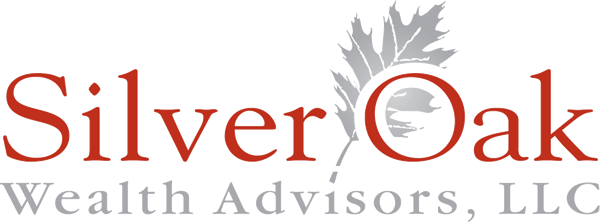
Recent headlines and events have left many of us feeling unsettled—from the devastating Southern California wildfires to widespread government layoffs, and the impact of tariffs and rapidly shifting domestic and international policies. For those directly affected by the wildfires, uncertainty looms large—navigating insurance claims, securing temporary housing, and making long-term decisions about rebuilding or relocating. Even those not directly impacted are grappling with questions about the growing risks of climate change and future natural disasters. Uncertainty can leave us feeling powerless and overwhelmed. It’s easy to get stuck in a cycle of stress and anxiety, focusing on what we can’t control. But by shifting our mindset, cultivating hope, and strengthening our connections, we can regain our sense of stability and resilience. Here are a few key strategies: 1. Appreciative Inquiry – Shift to a Positive Focus Fear naturally draws our attention to what’s wrong, but we can train our minds to recognize what’s going well. Appreciative inquiry—intentionally focusing on the positives—helps us build resilience and a foundation of well-being. Ask yourself: What am I grateful for today? What’s working in my life? This small shift in perspective can be incredibly grounding, reinforcing a sense of appreciation and sufficiency. As the saying goes, “What we appreciate, appreciates.” 2. Cultivate Hope – A Powerful Inner Strength Hope is more than just wishful thinking—it’s an intentional practice. As human beings, we have the unique ability to envision the future, yet we often dwell on worst-case scenarios that fuel anxiety. Instead, we can actively cultivate hope by setting meaningful intentions for the day, the week, and beyond. Ask yourself: What brings me joy and peace? What routines help me feel grounded? Who do I want to spend time with? How can I use my time and resources to align with my highest values and commitments? By envisioning a purposeful and fulfilling future—and taking intentional steps toward it—we cultivate inner strength and take charge of creating our best possible life. 3. Balance Autonomy with Connection Self-sufficiency is an important value, but real well-being comes from balancing autonomy with strong human connections. In difficult times, supportive relationships and community are a powerful source of resilience. Even small interactions—sharing meals with family and friends, chatting with a neighbor, or volunteering—remind us that we’re not alone. If you don’t yet have a strong support network, take small steps to build one. As I often say, “Three is enough to create a community.” Connection strengthens us and gives life deeper meaning. Managing Overwhelm: The “Decision-Free Zone” If anxiety feels overwhelming, take a step back and identify its sources. Are negative news cycles, social media, or certain conversations contributing to stress? Regulating our intake of external negativity can help maintain emotional balance. At Silver Oak, we use a tool called the Decision-Free Zone to help clients navigate uncertainty. This approach organizes decisions into three timeframes: Now, Soon, and Later. By separating urgent choices from non-urgent ones, we prevent decision fatigue, allowing space for reflection before making major financial moves. This is particularly valuable during financial and life transitions, helping to avoid costly mistakes and ensuring decisions align with long-term goals. Looking Ahead – Creative Force in Every Transition While 2025 has already presented its share of challenges, history has shown that resilience, innovation, and human ingenuity emerge from every transition. From the pandemic to natural disasters, we have adapted and grown. There’s no reason to believe we won’t rise again. Let’s embrace these strategies with confidence, knowing that within us—and around us—is the strength and power of creative force to navigate any challenge.
|

